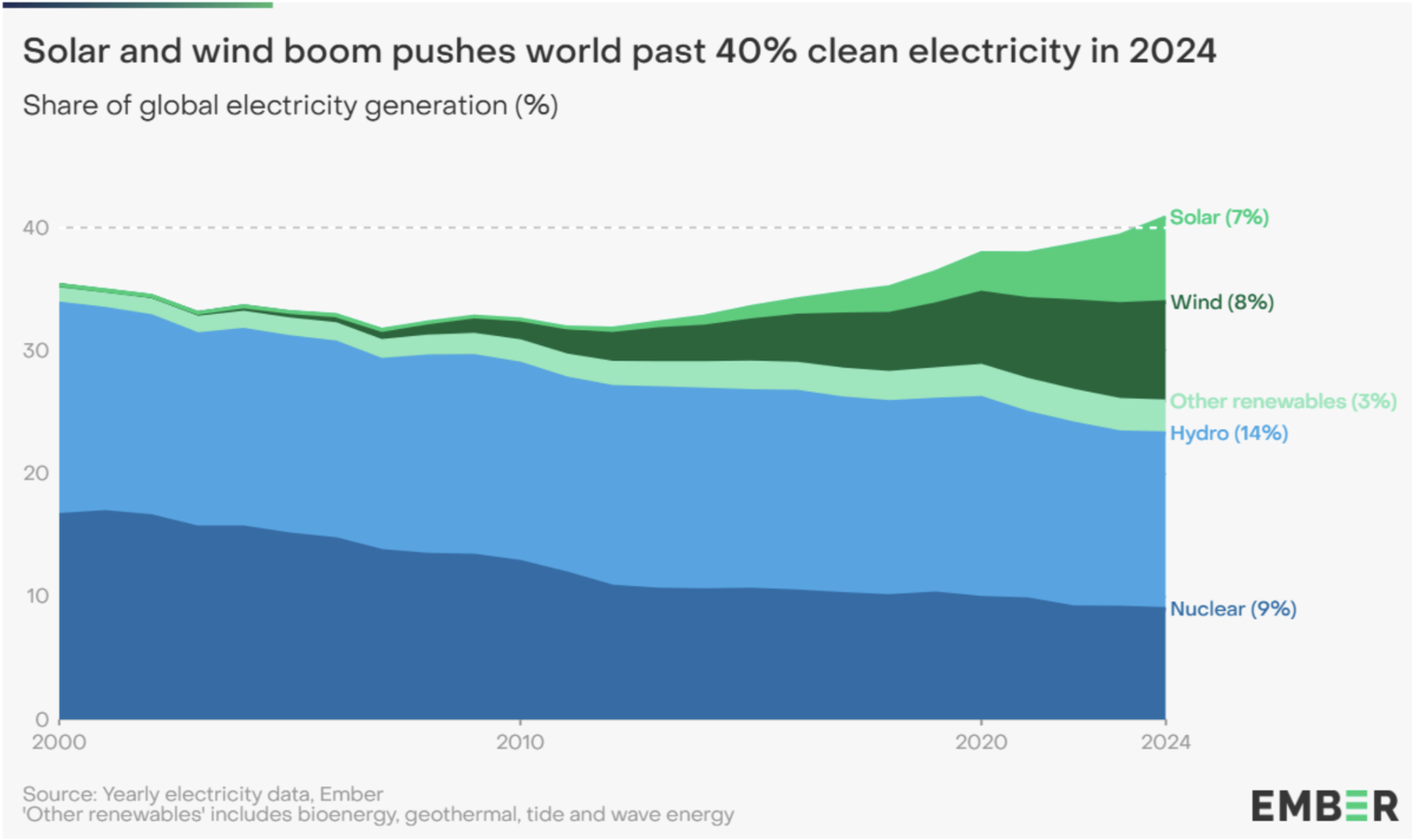Is doughnut economics Pakistan’s missing piece?
 Unsplash
Unsplash Unsplash
Unsplash· 4 min read
Since late June 2025, relentless monsoon rains have unleashed a torrent of flash floods across Pakistan — Punjab, Khyber Pakhtunkhwa, Sindh and Azad Kashmir bore the brunt of the deluge. As of early August, more than 300 lives have been lost, including at least 140 children; over 700 people have been injured, and more than 1,600 homes have been damaged or destroyed. Rescue operations saved nearly 1,600 individuals overall.

Scientists have traced the ferocity of the rain to human-driven climate change — rainfall between June 24 and July 23 was 10–15% heavier than it might have been otherwise, intensifying the tragedy thereby confirming the fact that global south has made matters worse.

In the face of these unfolding catastrophes, the frame of doughnut economics — Kate Raworth’s vision of a safe and just space for humanity — feels more urgent than ever. The doughnut asks us to stay above the social foundation — avoiding deprivation — and below the ecological ceiling — protecting the planet. Yet here we are, breached on both ends: communities pushed into the social abyss when their homes collapse, and ecosystems overwhelmed by extreme weather accelerated by fossil-fuel-driven warming. The floods are a stark illustration: inadequate housing, fragile infrastructure, and poverty against the rising tide of ecological distress.

And still, hope flickers in the energy transition. Globally, momentum is gathering. In 2024, renewables accounted for the largest share of growth in energy supply — 38% — surpassing natural gas (28%), coal (15%), oil (11%) and nuclear (8%). Clean power — including renewables and nuclear — surpassed 40% of global electricity generation, a milestone reached for the first time since the mid-20th century. Solar alone doubled in generation over three years, driving much of that growth.

In the first half of 2025, clean electricity surged again — up 6% over the same period in 2024 — reaching 43.2% of global generation. Fossil fuel generation remained flat, and coal’s contribution fell to a multi-year low, even as clean sources climbed.
However, more progress is required. Energy transitions will not happen in the near future but that doesn’t mean we should just wait and watch helplessly. The floods are both a tragedy and a warning. We must anchor our policies using the doughnut’s regenerative perimeter: fortify resilient housing and infrastructure (the social foundation), while accelerating the shift away from the fossil-fuel push that is overheating our planet (the ecological ceiling). The energy transition is underway, yet it must be deepened and hastened — not just in rhetoric, but in the muscle of investment, innovation, and inclusive planning.
The doughnut is more than an energy circle — it’s a compass for rebuilding societies that can thrive without breaching planetary limits. In Pakistan’s case, that means moving beyond reactive flood relief toward a redesign of how cities grow, how food is produced, and how communities shield themselves from shocks. It could mean embedding climate resilience into every housing code; restoring wetlands and mangroves to buffer storm surges; overhauling waste and water systems so they neither pollute rivers nor collapse under extreme weather.
Economically, it pushes us to replace growth-at-any-cost with metrics that value human well-being — health, education, equality — over GDP alone. Socially, it asks us to close the gaps in healthcare, education, and social safety nets so no one falls below the foundation in a crisis. Ecologically, it demands that we not only cut emissions, but also heal degraded land, re-green cities, and safeguard biodiversity.
If Pakistan embraced the doughnut as a planning framework, every policy — whether on housing, transport, farming, or trade — would be stress-tested: does it lift people above deprivation without pushing the environment beyond repair? The floods have shown us what happens when both the social floor and the ecological ceiling are shattered. The doughnut offers a way to mend both — together.
illuminem Voices is a democratic space presenting the thoughts and opinions of leading Sustainability & Energy writers, their opinions do not necessarily represent those of illuminem.
Track the real‑world impact behind the sustainability headlines. illuminem Data Hub™’s offers transparent performance data and climate targets of companies driving the transition.
Purva Jain

Energy Transition · Energy Management & Efficiency
illuminem briefings

Energy Transition · Energy Management & Efficiency
Vincent Ruinet

Power Grid · Power & Utilities
Japan Times

Energy Transition · Energy Management & Efficiency
Financial Times

Energy Sources · Energy Management & Efficiency
Deutsche Welle

Energy Transition · Energy Management & Efficiency